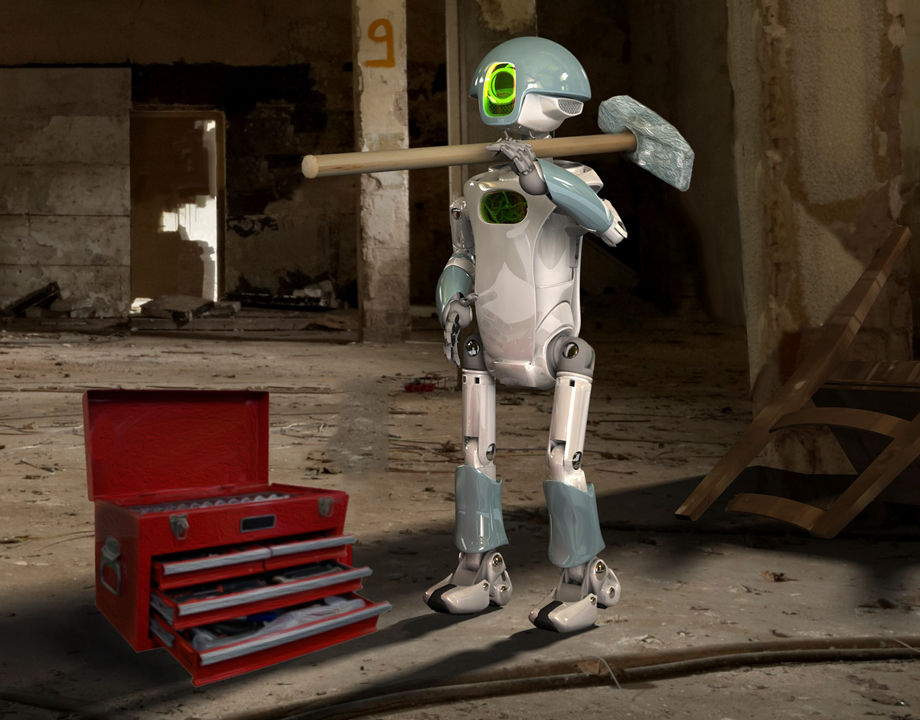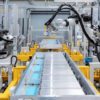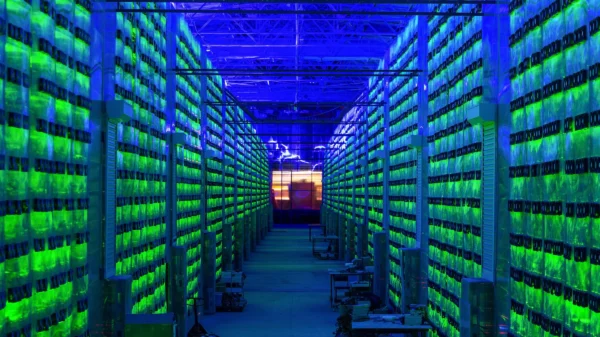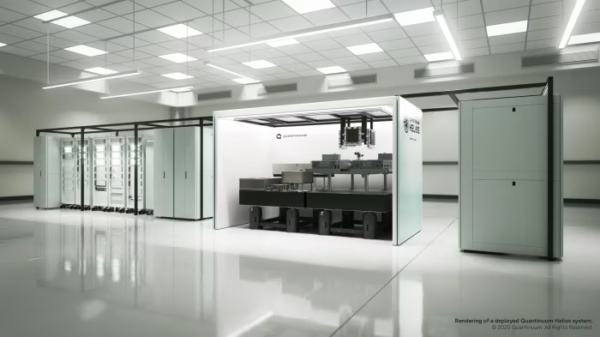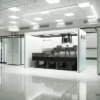A French-American startup is developing AI technology that could enable robots to do unlimited physical labour for us. They are only capable of completing a small percentage of the global workload due to their current limitations.
Genesis AI emerged from the darkness at the beginning of this month with US$105 million in backing. Venture capital firms Eclipse and Khosla Ventures led the seed fundraising round.
The company is building what it describes as a universal robotics foundation model and horizontal robotics platform. The aim is to revolutionize the capabilities of the world’s general purpose robots and make life far easier for humanity.
“While digital AI has made extraordinary progress, physical AI – the intelligence that allows machines to perceive, understand, and interact with the real world – has lagged behind,” said chief executive Zhou Xian in a news release on Jul. 1.
“We’re here to change that.”
He founded Genesis in December with Theophile Gervet — a former research scientist at Mistral AI. They are both PhD graduates from Carnegie Mellon University who specialized in robotics and machine learning. The simulation engine they have created for their model and platform has had research contributions from 18 universities, including MIT, Stanford and Columbia.
“Unlike traditional robotic systems that rely on brittle, rigid software stacks, this model is designed to be compatible with a wide range of robots,” Perplexity AI explained in a blog post on the topic, “enabling them to perform diverse tasks with unprecedented flexibility and efficiency.”
Read more: The dual nature of artificial intelligence: A Mugglehead roundup
Robot workforce is growing but still in its infancy
Amazon.com Inc (NASDAQ: AMZN) (FRA: AMZ) and Tesla Inc (NASDAQ: TSLA) (ETR: TL0), based in North America, are currently a pair of the world’s top contributors to the robot workforce. Jeff Bezos’s company now has over 1 million robots in its warehouses throughout the globe while Tesla aims to have 50,000 Optimus bots performing tasks by next year.
Meanwhile, South Korea, Singapore, Japan, China and Germany lead the pack when it comes to countries. They collectively have about 2.8 million.
Nonetheless, more than 95 per cent of the world’s physical labour is not automated. The robot to human ratio in most industries rarely exceeds 1:30, as highlighted by Eclipse Partner Charly Mwangi.
“This is due to the long tail of tasks requiring dexterity, cognition, mobility, and real-world reasoning that current robots simply can’t handle,” Mwangi stated.
Xiao, Gervet and influential collaborators from tech giants like NVIDIA Corp (NASDAQ: NVDA) (ETR: NVD) and Alphabet Inc Class A (Google) (NASDAQ: GOOGL) (ETR: ABEA) aim to release their model to the masses by the end of 2025.
“We’re building the most full-stack solution,” Gervet said in a social media post, “combining high-fidelity simulation and rendering with large-scale real-world robot data to create the world’s most scalable robotics data engine.”
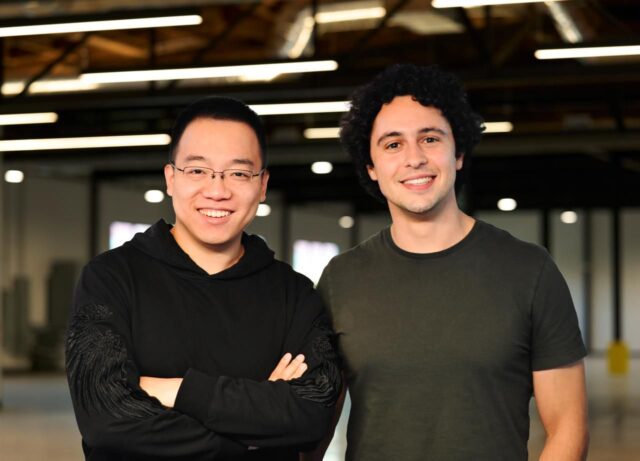
Founders Zhou Xian (left) and Theophile Gervet (right). Photo credit: Genesis AI
Read more: Number of students using AI to cheat grows at alarming rate
Follow Rowan Dunne on LinkedIn
rowan@mugglehead.com

